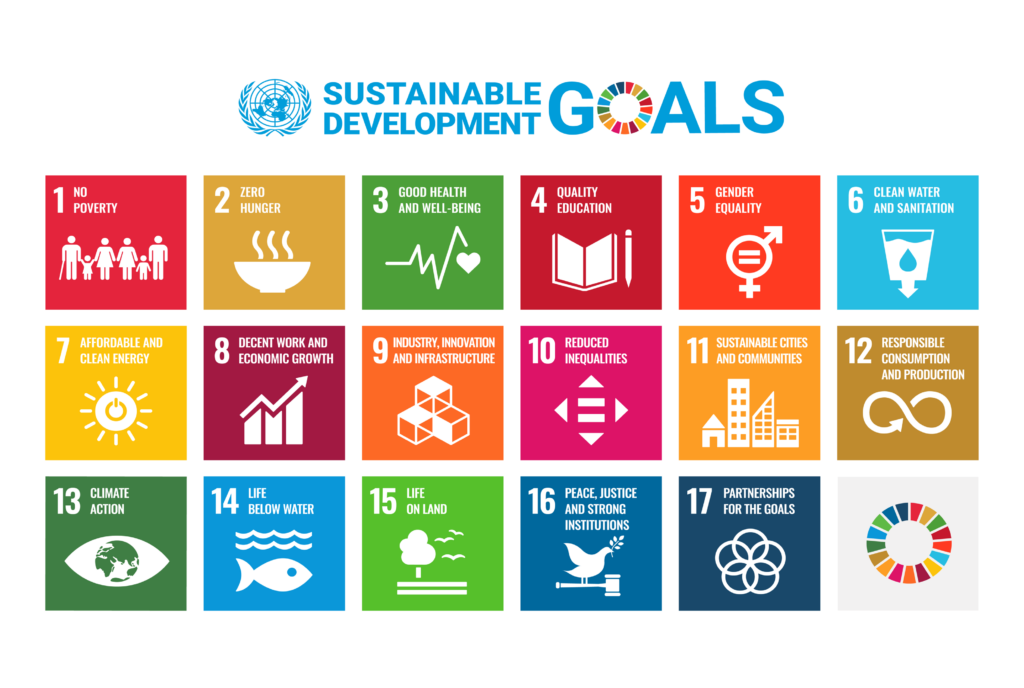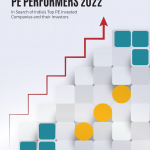
World leaders had agreed on United Nations Sustainable Development Goals (SDGs) in 2015 and decided to achieve them by 2030. Today however, most people may not be able to recall even one of those 17 goals that are at the core of a global project aiming to end poverty and achieve equality while protecting the environment.
The 2023 Google Cloud Sustainability Survey shows that 1/3 of the 1476 top-level business executives from 16 countries had to cut corners in their sustainability initiatives due to economic headwinds. Indeed, environmental, social, governance (ESG) initiatives have fallen from 1st to 3rd place in organizational priorities this year. And the number of sustainability programs progressing into the implementation phase was down by 8% from 2022.
Organizations believe that ongoing recessionary trends and energy crises in some regions of Europe have decelerated their sustainability efforts. Worse still, most of them feel pressured to overstate their “success” at sustainability simply to increase revenue or profit, improve brand reputation, reach new markets, and attract high-quality talent. Indeed, a staggering 72% of the respondents believe that most companies in their industry would be caught greenwashing if there is an investigation.
Ending the Green Hypocrisy
While the inaccurate representation or overstating of sustainability activities has been a pervasive concern mentioned in the survey, many believe that this corporate greenwashing is accidental. It highlights the need for precise measurement with data-based tools to track and report real progress.
Companies should also adopt globally recognized environmental sustainability indices to assess their success on measures for sustainability. These can be grouped as under:
- Descriptive indicators– The indicators describe the real conditions related to environmental problems and are expressed in units, such as tons of carbon dioxide emissions.
- Performance indicators– They are simple ratios between the results achieved and the pre-defined objectives in sustainability policy – for example, the amount of waste collected separately as against the waste sorting target.
- Efficiency indicators– This is the ratio between the environmental outcome achieved vis-a-vis the economic resources consumed in the process – an example here could be the reduction of atmospheric emissions per unit of cost of structural actions.
- Total wellness indicators– They quantify the total sustainability, such as the ecological footprint or the contribution to the greenhouse effect.
Sustainability efforts should also be audited by third parties before they are publicized as business success on this front.
What else can be done to make real progress?
It is critical to measure progress but accurate measurement tools should actually be used for practical targets to ensure that sustainability goals are realized before it is too late. The 2023 SDG Summit took place on 18th and 19th September 2023 in New York, and we are waiting to see the effects of the decisions and commitments from there.
Although the Google report shows that many executives are still struggling to turn their goals into action, the failure to meet even one SDG is not always for a lack of effort. Globally, companies are trying to align their work for sustainability with other efforts such as the prevention of climate change and biodiversity loss. However, major geopolitical conflicts such as the Russia-Ukraine war and worsening US-China relations have been hindering international cooperation. The coordination between disciplines is also limited. What’s more, some efforts for sustainability get marred by cyber-attacks.
At a more basic level, CXOs trying to make their business operations more sustainable must give more consideration to mutual links and trade-offs between various SDGs. For example, the efforts to develop affordable and clean energy (SDG 7) to address climate change issues (SDG 13) will require building and operation of facilities like wind and solar farms. This in turn can adversely impact biodiversity (SDGs 14 and 15). And although finance for coal-based power can create work and economic growth (SDG 8), it is contradictory to health and well-being (SDG 3), and for the environment. The knowledge of such trade-offs deserves consideration in policymaking.
Looking at SDGs as guiding stars
The UN SDGs and other ESG goals that businesses seek to reach are supposed to build an ambitious agenda around the dimensions of sustainable environmental, social, and economic development. These goals were initially developed as a blueprint for companies to achieve peace and prosperity for people and the planet. However, as the progress so far has been tardy, a better idea would be to consider SDGs and ESG goals as guiding stars – because they are quite comprehensive about what a better world would look like, they can guide companies on where they should focus. They should give a sense of targets and define specific ways to measure them. The companies can then articulate their unique capabilities for the attainment of these goals.
In Conclusion…
Eight years into the UN’s 15-year timeline for SDGs, organizations have to advance serious solutions instead of staying back passively on a huge public relations charade. A simple way to avoid failures will be to choose fewer but more specific goals, adopt meaningful short-term targets, work harder on the most rewarding business opportunities, and reallocate resources as per prioritized ESG goals. The SDGs can then support a more fruitful sustainability agenda for businesses in different industries.



